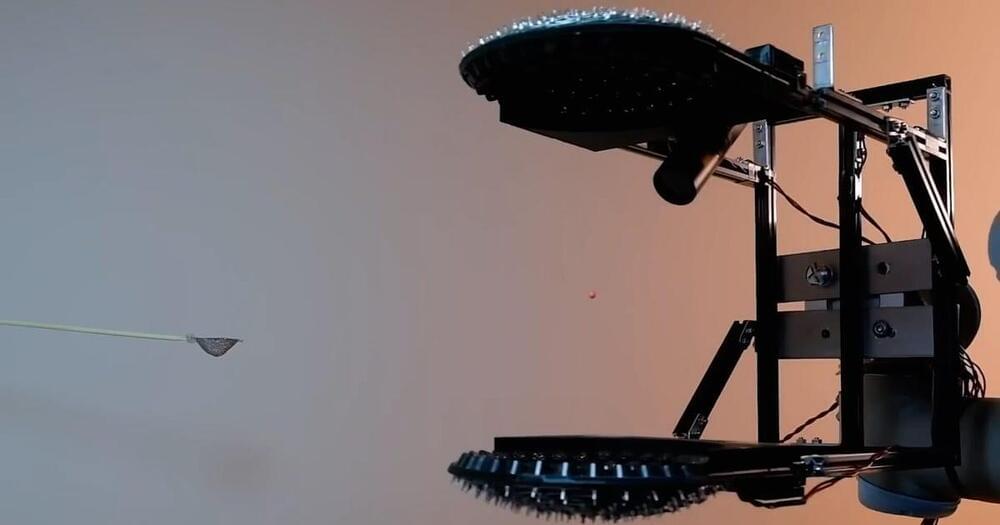
In a world where 3D printing is being applied to everything from houses to rockets to guns 0, the question comes up as to where manufacturing might be headed next.
A new device, called LeviPrint, adds a unique feature to the manufacturing process: acoustic levitation. By trapping small objects in high frequency sound waves, LeviPrint can be used to build a variety of different structures without touching any of the pieces.
In a video released by researchers from Spain’s Universidad Publica de Navarra, or UPNA, LeviPrint can be seen building a variety of different things, including a bridge, a hoop made out of liquid glue droplets and a cat’s ears.

















